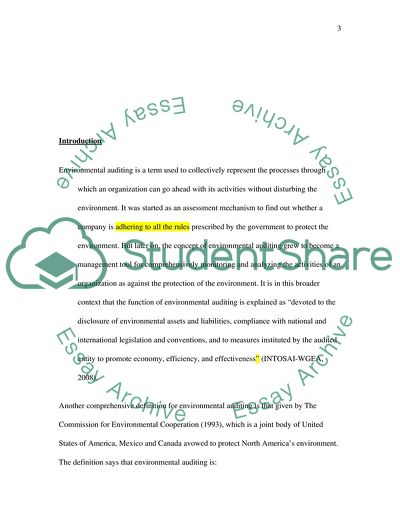Cite this document
(Environmental Auditing: History and Initiatives Term Paper, n.d.)
Environmental Auditing: History and Initiatives Term Paper. Retrieved from https://studentshare.org/finance-accounting/1741336-external-audit
Environmental Auditing: History and Initiatives Term Paper. Retrieved from https://studentshare.org/finance-accounting/1741336-external-audit
(Environmental Auditing: History and Initiatives Term Paper)
Environmental Auditing: History and Initiatives Term Paper. https://studentshare.org/finance-accounting/1741336-external-audit.
Environmental Auditing: History and Initiatives Term Paper. https://studentshare.org/finance-accounting/1741336-external-audit.
“Environmental Auditing: History and Initiatives Term Paper”, n.d. https://studentshare.org/finance-accounting/1741336-external-audit.


